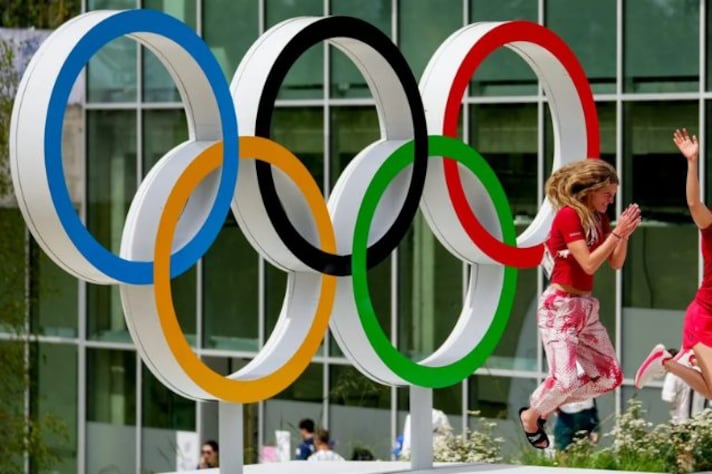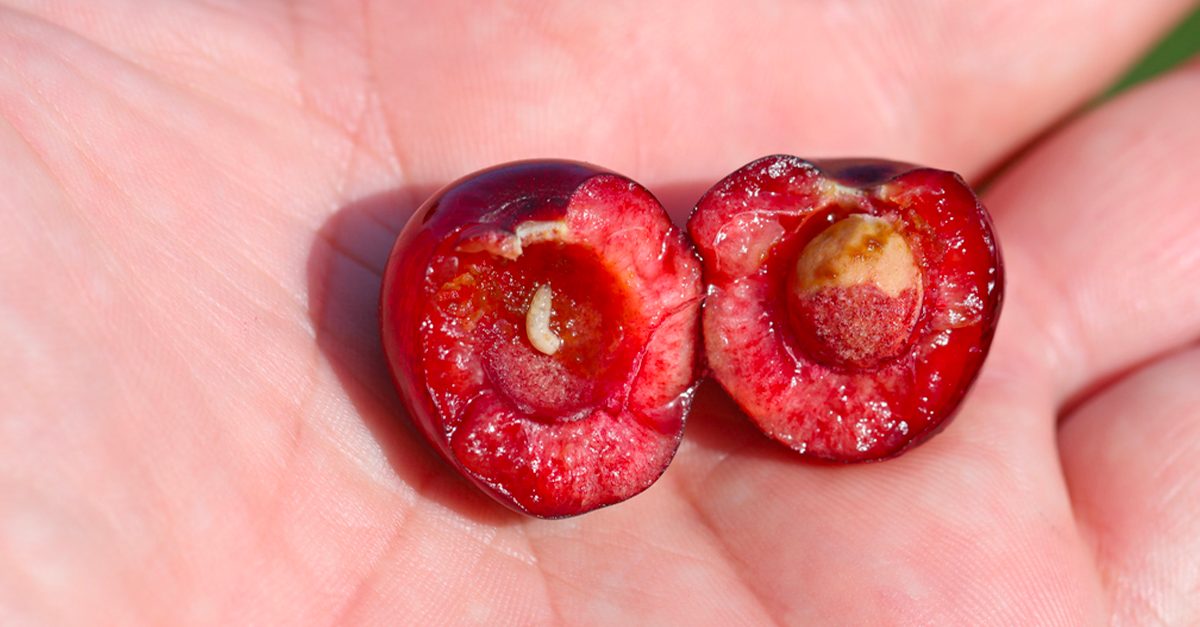What Do The Olympians Eat in Their Paris Village? (And What Do They Think of It?)
While some praise the fresh French pastries and diverse options, others find the meals lacking in flavor. The food aims to meet athletes' nutritional needs, balancing indulgence and discipline, making it an essential part of their Olympic journey.

As the world’s top athletes converge in Paris for the 2024 Olympics, the buzz isn't just about the competitions; it’s also about what they’re eating in the Olympic Village. The culinary offerings in this global melting pot have become a hot topic, with opinions as diverse as the dishes themselves. From pasta to pastries, let's dig into the dining experience of the Olympians and see what fuels these elite competitors.
The Complete Offerings
The Olympic Village cafeteria is like a United Nations of food, offering cuisine from all corners of the globe. Athletes can indulge in everything from sushi to spaghetti, with a myriad of dietary options available. Whether you're vegan, gluten-free, or just picky, there’s something on the menu for everyone. As one athlete quipped, "It’s like being a kid in a candy store—if candy stores had quinoa bowls."
The chefs work tirelessly to cater to the diverse tastes and nutritional needs of the athletes. However, despite the best efforts, not everyone is thrilled. Some competitors have voiced their disdain, describing certain dishes as "bland" or "not great." But hey, when you’re used to five-star dining, even a well-seasoned stir-fry might seem underwhelming.

French Delicacies
It wouldn’t be a trip to Paris without indulging in some local cuisine. Among the hits in the village are the fresh baguettes, croissants, and other French pastries. Athletes have been raving about these flaky delights, with one even joking, “If croissant-eating were an Olympic sport, I’d be going for gold.”
But it’s not all éclairs and macarons; the French also know how to do savory. Ratatouille, coq au vin, and other traditional dishes are on the menu, offering a taste of France’s rich culinary heritage. While not all athletes are fans of these more adventurous options, the food's authenticity has been generally well-received, providing a comforting reminder of home for those far from their native countries.
The Offer is Also Catered for Athletes' Needs
Olympians are like finely-tuned machines, and what they eat plays a crucial role in their performance. The dining hall offers an extensive range of healthy options, ensuring that athletes can stick to their strict nutritional regimes. Protein shakes, energy bars, and an abundance of fruits and vegetables are available to keep them in peak condition. As one nutritionist put it, “The goal is to fuel the athletes, not just feed them.”
However, balancing indulgence and discipline can be tricky. Some athletes admit to giving in to the occasional sweet treat, while others are laser-focused on their diet. “I came for the medals, not the macarons,” joked one determined competitor, making it clear that for some, the food is just fuel, not fun.

What's The Verdict?
Opinions on the Olympic Village’s food are as varied as the athletes themselves. Some praise the variety and convenience, while others lament the lack of flavor. It’s a mixed bag, much like the athletes' performances—some are golden, while others fall short.
But one thing is certain: the dining experience is an integral part of the Olympic journey. It’s a place where athletes from around the world come together, share stories, and, occasionally, swap food critiques. Whether they love it or hate it, the food in the Olympic Village adds another layer to the already rich tapestry of the Games.
;Resize,width=767;)
;Resize,width=712;)
;Resize,width=712;)

